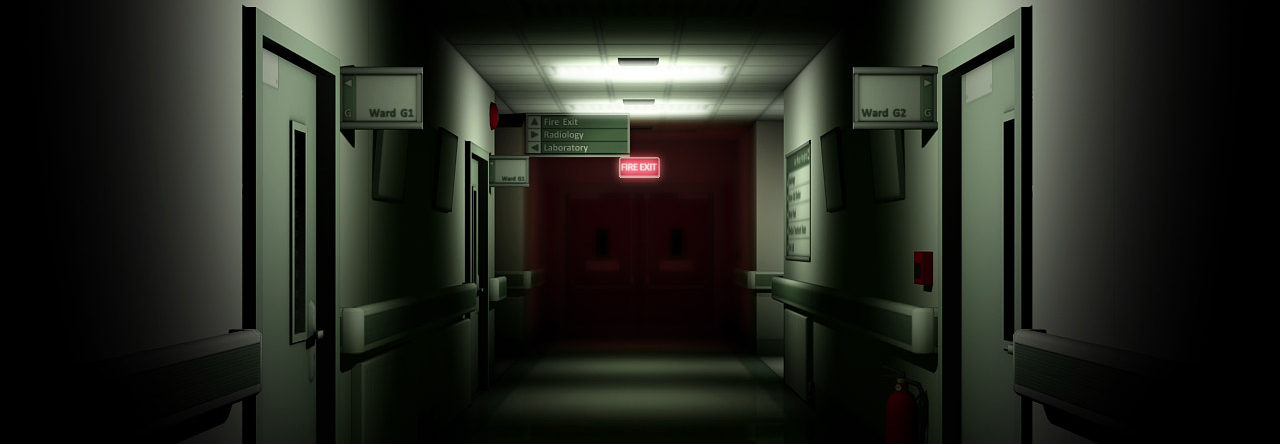
I need my Dilaudid and turkey sandwich.
Working a surgical floor, I have heard this more times than I care to think and usually from a patient who is so snowed, that they are slurring words and barely staying awake. It is, however, a lot more common than you would think it is.
Pain, the fifth vital sign, I was told by a very enthusiastic drug rep a few years ago is an important assessment tool. I sat politely as he explained the pain scale and how important it was to get that rating so that the pain can be appropriately managed. Well after 20 years I will channel Col Potter from M*A*S*H and say, “Horse Hockey.”
First off there are 2 parts to the assessment, the subjective and objective which means exactly what you would expect it to mean. Subjective is where you ask questions without looking at the patient and of course, the objective is the real visualization of these problems. Vital signs are objective. They are real values to indicate pulse, blood pressure, respiration, and oxygen saturation (that is that little thing that is put on the finger) (Funny story about that, my college roommate was the son of the man that invented and holds the patent, yes it’s verifiable). We don’t ask the patient to state his blood pressure, just like we don’t ask Karen how much she weighs (both numbers are unrealistic). Pain is NOT a vital sign it is a subjective statement of how the patient feels.
We use, of course, a number between 0-10. I always say, “Rate your pain on a scale of 0-10 with 0 being no pain and 10 being the worst pain YOU have ever had.” If they are in a lot of pain, they rate this an absurd number like 15, 30, 25, well you get the point. I get it, Karen, you are 110 lbs. and a 30 on the pain scale. Both are wrong. I ain’t discussing the weight (yet) and that number is not between 0-10. So essentially the “fifth” vital sign is horse hockey and made up by an opiate manufacturer as a way to promote the use of opiates in pain management. Instead, we promoted patients to “hit the feeder bar” (like experimental mice) with their pain level to obtain pain management. The company discussing this “fifth vital sign” was, of course, hoping that the provider would prescribe their opiate for a higher pain level. For some patients, it has led to less than desirable outcomes.
So this number we obediently ask every patient when we assess them is meaningless. It belongs as a part of the subjective assessment and not as something we can objectively determine. It belongs as almost an afterthought when we do a real pain assessment (you know the one you learned where you ask the patient Where, how long, what makes it worse, what makes it better, what are you doing or have done to treat the pain yourself…) Pain is pain and treating the root cause of it, is far more important than an arbitrary number.
Don’t get me wrong, we should treat pain, we should be aggressive in treating pain. “No pain, no gain” is BS, it should be “no pain, no injury” (I know it doesn’t sound as inspiring, but that’s the breaks). When we treat pain, we should look at the source and find a cause and see if that can be fixed. We should focus our efforts on the fix and manage the level of pain as best we can. Folks a 0 on the pain scale may not be possible, sorry. Good pain management may reduce your pain to a 2 or a 3. I know everyone thinks that they should be in no pain after medication or treatment, but I am here to tell you that is unrealistic.
Now there are chronic pain patients and those patients are ones that we have usually done all we can on treating the source and are left to manage pain therapy with on a month to month basis. When we assess those folks I often ask if the pain is better or worse than the last time and, “is it manageable in your daily life?” Asking a number (like a damn parrot) because we must, since the influence of these “pain is the fifth vital sign” hairballs is just that, a number put in the chart that is useless.
So, all this is saying, get rid of the pain scale. It is mostly used incorrectly and has no real effect on outcomes. The pain will not magically go away when you go to the provider unless it is acute and correctable. Chronic pain is chronic pain and is something that does not apply here. As a patient, learn your pain and help your provider manage it. Don’t just ask to be drugged. The opiate crisis exists in part because of this behavior and the false notion that I can reduce your pain to zero with a medication. Remember your body, when listened to, can do amazing things to heal and care for itself.
Now off to find a turkey sammich. That sounds good. Dilaudid gives me a headache.

